Children's Mercy Park | Sporting Kansas City
Children's Mercy Park | Sporting Kansas City
On September 30, Sporting Kansas City and The Victory Project joined the Kansas State School for the Blind (KSSB) to host a blind soccer clinic. The event took place on a new field at KSSB, funded by a $32,000 donation from The Victory Project in 2023. This pitch is the first of its kind in the Midwest and one of only four blind soccer fields in the United States.
Leah E. Enright, Blind Sports Coordinator and Field Service Specialist at KSSB, welcomed participants by saying, "We’re so excited to have you here to learn more about the sport, and to see our field that the Victory Project helped fund." She added, "never would I have guessed that our dream of having our own pitch would come true."
The partnership between Sporting KC, The Victory Project, and KSSB aims to make soccer more accessible for visually impaired athletes. Chioma Atanmo, Senior Director of The Victory Project and Community Impact, stated: "Partnering with KSSB allows us to live out The Victory Project’s mission of making soccer more inclusive and accessible for every child, regardless of ability.” Atanmo continued: “It’s inspiring to see how this collaboration not only creates opportunities to play but also empowers young athletes to lead and teach us through the game we all love."
During the clinic, Sporting KC players Jansen Miller, Jake Davis, Jacob Bartlett, and Stephen Afrifa participated alongside front office associates and student athletes from KSSB. Students guided players through drills using unique rules specific to blind soccer. Enright explained: "In blind soccer, it's really important to listen to your teammates," emphasizing communication as a key adaptation for visually impaired athletes.
KSSB students played an active role in teaching Sporting KC staff about blind soccer techniques. Enright described their approach: "We love blind soccer because it is adapted from the game of typical soccer... made especially for people who are blind and visually impaired.”
Blind Soccer uses sound-enabled balls containing plastic beads so players can locate them by noise. Sidewalls help keep play contained while outside assistants alert players when they near boundaries by tapping or calling out “wall.” Players communicate on-field by saying “Voy! Voy! Voy!” as they move across the pitch.
Enright demonstrated one adaptation: "This is the ball. If you can hear it, there are small plastic beads inside this ball... So, the ball makes noise. That's how you can hear where the ball is."
The event highlighted teamwork between Sporting KC representatives and KSSB students as both groups learned from each other during activities designed for accessibility in sports.
As Enright concluded: "We’re excited to see how this sport grows and brings people together.”
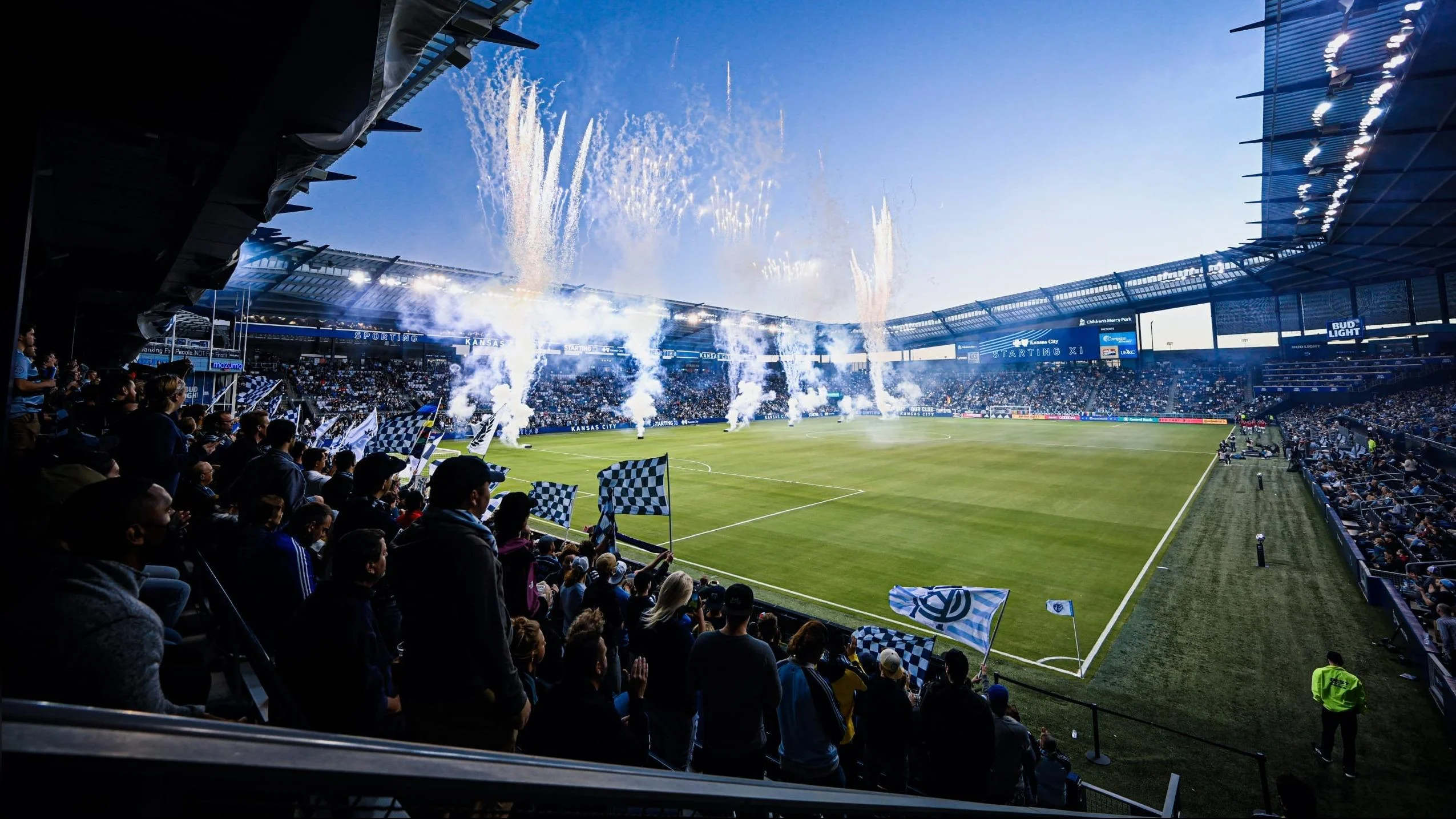
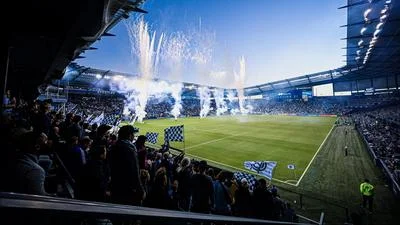
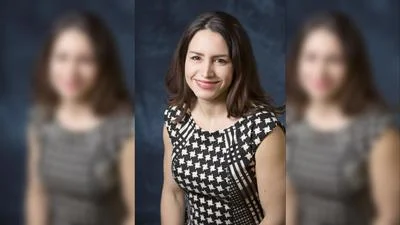
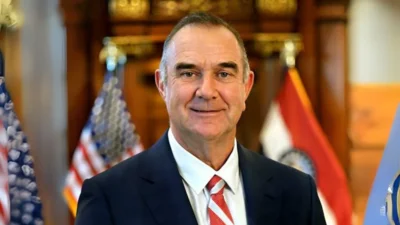
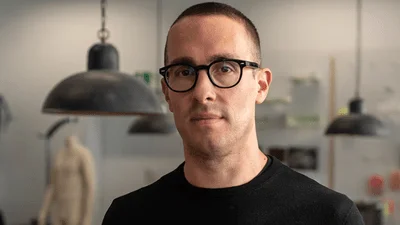
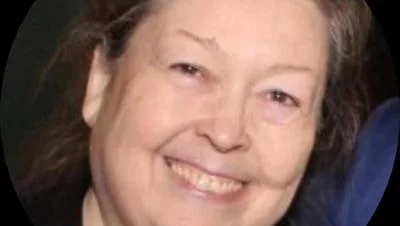
 Alerts Sign-up
Alerts Sign-up